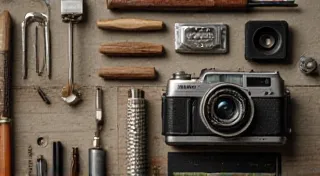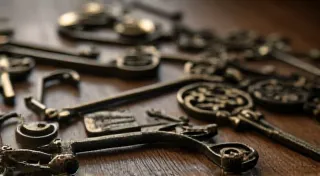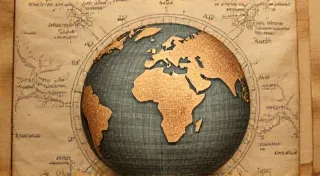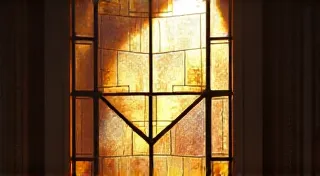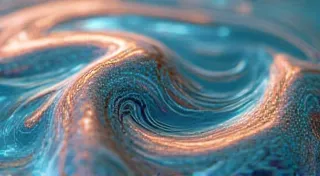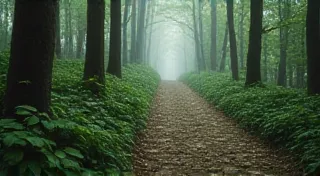The Chronometer's Hum: Calibrating Shutter Speeds and Ensuring Accurate Exposures
There's a particular magic to holding a vintage film camera. It's more than just the aesthetic – the Bakelite curves, the chrome highlights, the satisfying click of the winding lever. It’s the feeling of connecting with a lineage of photographers, of inheriting a legacy of mechanical ingenuity. These weren’t mass-produced commodities; they were crafted instruments, each one a testament to a time when engineering and artistry were deeply intertwined. And at the heart of that functionality, the key to unlocking the full potential of these historical treasures, lies the shutter.
My own journey with vintage cameras began with an inherited Kodak Brownie Hawkeye. It was beautiful in its simplicity, a portal to a gentler era of family snapshots. But it didn’t work. The shutter stubbornly refused to fire. I almost relegated it to a decorative piece, another forgotten relic. But something – a spark of curiosity, perhaps a stubborn refusal to let history gather dust – compelled me to try and fix it.
That Brownie became my first lesson in the beauty of mechanical restoration. It wasn't just about replacing parts; it was about understanding how they interacted, how the intricate dance of springs, levers, and gears translated human intention into the fleeting moment captured on film. It was a humbling experience, a constant reminder of the skill and dedication of the craftspeople who built these cameras.
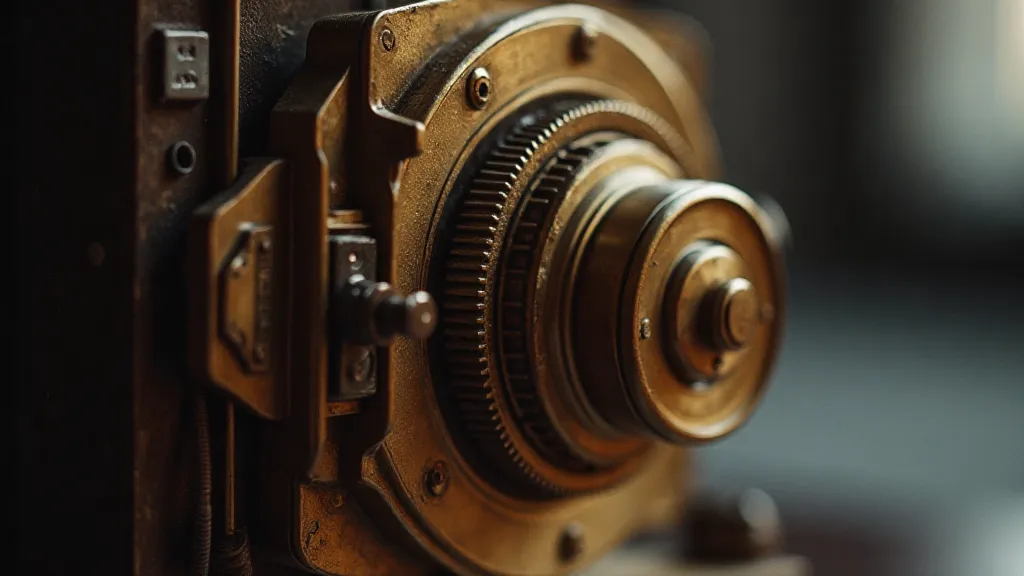
The Significance of Accurate Shutter Speeds
The shutter is the gatekeeper of light. It dictates the duration of exposure, and that, in turn, determines the brightness and the motion blur in your photograph. A miscalibrated shutter can lead to drastically overexposed or underexposed images, or worse, introduce unpredictable and unusable results. It's not merely about technical precision; it's about preserving the integrity of the captured moment. Imagine trying to recreate a scene with inaccurate tools – the result wouldn’t be true to the reality you were trying to portray.
Early cameras often had shutters with remarkably simple mechanisms. Leaf shutters, composed of overlapping blades, were common. Focal plane shutters, using a slit that travels across the film plane, were another. But even the most basic shutter requires a surprising level of accuracy to produce consistent results. The tolerances were tight, and the reliance on precise manufacturing techniques was paramount.
Diagnosing Shutter Speed Issues
Before you even attempt to calibrate a shutter, it's crucial to understand the problem. Is it consistently slow? Erratic? Does it stick at certain speeds? Simple observation can often reveal the source of the issue. Listen to the shutter’s sound – a healthy shutter should emit a crisp, even click for each speed setting. A sluggish or uneven sound indicates potential friction or binding.
A light meter is your best friend here. Taking test shots at various shutter speeds and comparing them to your meter readings will quickly reveal any discrepancies. Remember to use consistent film and development techniques for accurate comparison. It's also helpful to consult camera repair manuals or online forums dedicated to specific camera models – these resources often provide valuable insights into common problems and repair techniques.
Calibration Techniques: A Gentle Touch
Calibration is rarely a drastic intervention. It’s often a series of subtle adjustments. The specific techniques vary depending on the shutter type. Leaf shutters often require cleaning and lubrication. Accumulated grime and dried lubricant can impede blade movement and throw off the timing. Focal plane shutters might need their travel distance adjusted.
Lubrication is critical, but use it sparingly. Over-lubrication can be as problematic as under-lubrication. Use a specialized camera lubricant, applied with a fine brush or needle. When cleaning, use a gentle solvent and avoid harsh chemicals that could damage the delicate components. Remember that these are often irreplaceable parts, and a hasty or careless approach can cause irreparable damage.
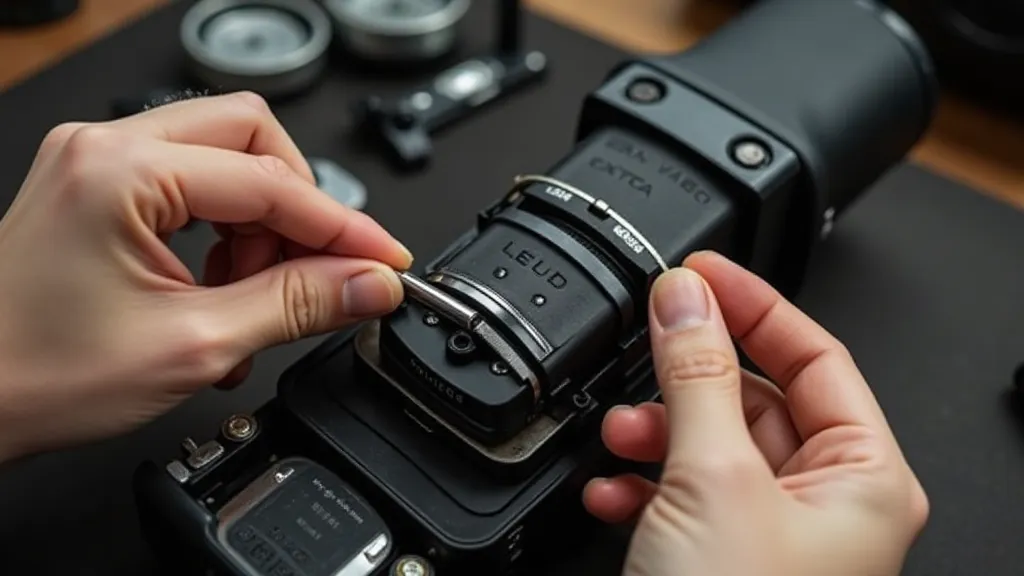
The Value of Patience and Respect
Restoring vintage cameras isn’t a race. It’s a conversation with the past, a delicate dance of understanding and repair. It requires patience, a keen eye for detail, and a deep respect for the craftsmanship that went into creating these instruments. Every click, every whir, every subtle movement tells a story – a story of ingenuity, dedication, and a commitment to quality that is often lacking in today’s mass-produced world.
I recall once working on a beautiful Nikon F, a camera that had seen decades of service. The shutter was sluggish, and the light meter was inaccurate. It took weeks of careful cleaning, lubrication, and adjustment to bring it back to its original glory. But when I finally took that first test shot, a crisp, perfectly exposed image, I felt an immense sense of accomplishment. It wasn’t just about fixing a camera; it was about preserving a piece of history, about reconnecting with a lineage of photographers who had relied on that same instrument to capture the world around them.
Beyond the Mechanics: A Collector's Perspective
For those drawn to collecting antique cameras, understanding the mechanics is even more valuable. Knowing how a shutter works, why it might fail, and how to potentially repair it, allows you to assess the condition of a camera with a more discerning eye. It allows you to appreciate the nuances of each model, to understand its strengths and weaknesses, and to make informed decisions about your collection.
It's also about appreciating the design. The aesthetics of these cameras were often as important as their functionality. The elegant curves of a Rolleiflex, the robust simplicity of a Leica, the distinctive Bakelite finish of a Kodak – these design elements reflect the values and the aesthetic sensibilities of the era in which they were created.
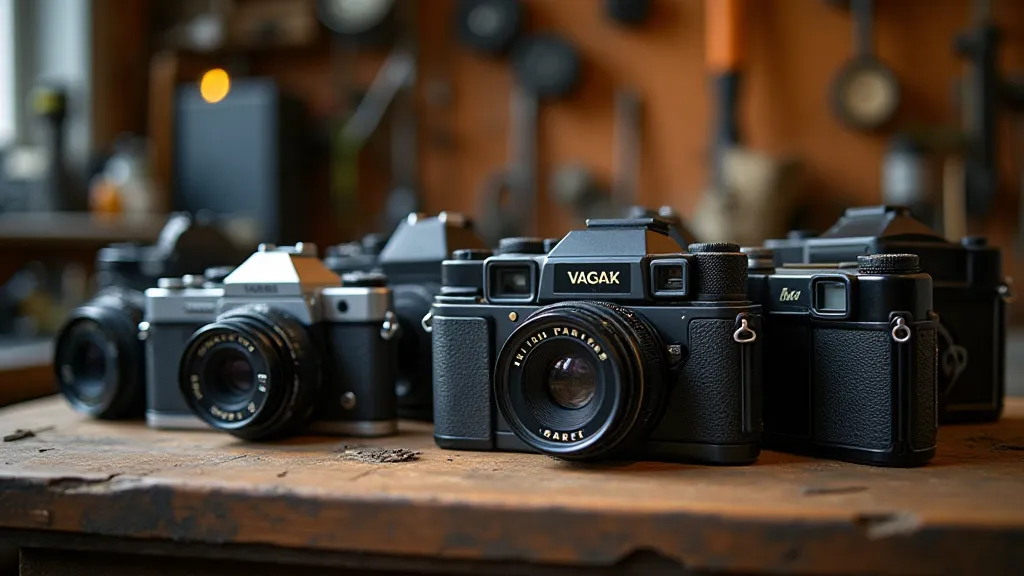
A Legacy in Every Click
Restoring vintage film cameras isn't just about fixing broken machines; it's about preserving a legacy. It’s about connecting with a time when craftsmanship and quality were valued above all else. It’s about unlocking the full potential of these historical instruments and allowing them to continue capturing the world around us. The chronometer's hum, that satisfying click of the shutter, is a testament to the enduring power of human ingenuity – a sound that deserves to be heard for generations to come.
